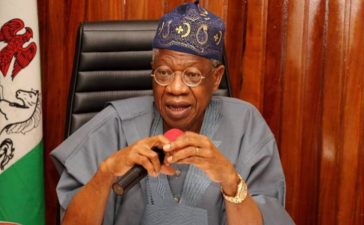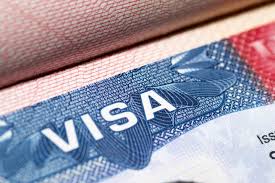Despite significant challenges facing the Chinese economy, domestic tourism has emerged as a beacon of hope, showcasing remarkable resilience and growth potential. Last week’s five-day public holiday to commemorate Labour Day saw a staggering 295 million trips made within China, marking a remarkable 28% increase compared to pre-pandemic figures from 2019.

The Ministry of Culture and Tourism reported impressive statistics, including 92 million rail trips, nearly 10 million air trips, and a staggering 1.25 billion highway journeys, underscoring the nation’s robust domestic travel sector.
The surge in domestic tourism comes as international arrivals continue to lag, with foreigners entering China at barely 30% of 2019 levels. Geopolitical tensions and shifting perceptions globally have contributed to the decline in international travel to China, with warnings from governments and reduced flight availability and affordability.
The disparity between domestic and international tourism highlights the importance of the domestic market in driving economic recovery. Amid challenges such as a struggling property sector, rising local government debt, and persistent youth unemployment, the Chinese government views domestic consumption as a crucial counterbalance to faltering portions of the economy.
Analysts and industry insiders remain optimistic about the growth potential of China’s domestic tourism sector. Strong demand for domestic travel services, including hotels and flights, signals a promising trajectory for the industry. Major hotel chains like Intercontinental, Marriott, and Hilton have set ambitious growth targets in China for 2024, reflecting their optimism about the market’s prospects.
However, concerns persist regarding per capita consumption, which remains relatively low due to economic uncertainties and a preference for frugal spending. The imbalance between domestic and international tourism underscores the need for strategic measures to revitalize international travel and promote people-to-people exchanges.

In 2019, nearly 98 million international visitors came to the country. Last year it was only 35 million – including business trips, students and the like. For many in the tourism industry here specializing in services for foreign travelers, “uneven” would be an understatement. Three years of harsh Covid prevention measures drove down arrivals from other countries, but that alone can’t account for the current situation.
Huang Songshan, the head of the Centre for Tourism Research in the School of Business and Law at Australia’s Edith Cowan University, blames this weakness in part to “the shifting geopolitical landscape globally”.
In the peer-reviewed East Asia Forum, he pointed to a 2023 survey carried out by the Pew Research Centre, writing that, “Most individuals in Western nations hold unfavourable views towards China. The Chinese government’s tightening grip on societal regulations could potentially cause discomfort for foreign travellers in China.”
Official travel advice from some governments echo this sentiment, at times quite harshly.
Washington warns potential travellers to “reconsider travel to Mainland China due to the arbitrary enforcement of local laws, including in relation to exit bans, and the risk of wrongful detentions”.
Australia advises “a high degree of caution” warning that “Australians may be at risk of arbitrary detention or harsh enforcement of local laws, including broadly defined National Security Laws”.
The political environment has also taken a toll on flight availability and price. This is especially the case with connections to and from North America. Last month’s 332 scheduled round trips between China and the US contrasts with 1,506 in April 2019.
As a result, finding a seat on a direct flight can be extremely difficult and those that are available are very expensive.
President Xi Jinping made a speech at a dinner on the sidelines of the Asia-Pacific Economic Cooperation conference in San Francisco last November addressing this point. “Today, President Biden and I reached important consensus,” he told the crowd.
“Our two countries will roll out more measures to facilitate travels and promote people-to-people exchanges, including increasing direct passenger flights, holding a high-level dialogue on tourism, and streamlining visa application procedures. We hope that our two peoples will make more visits, contacts and exchanges and write new stories of friendship in the new era.”
Washington has since increased the number of Chinese airline flights permitted to land – but only from 35 per week to 50. It is still well short of the 150 weekly trips pre-Covid.






